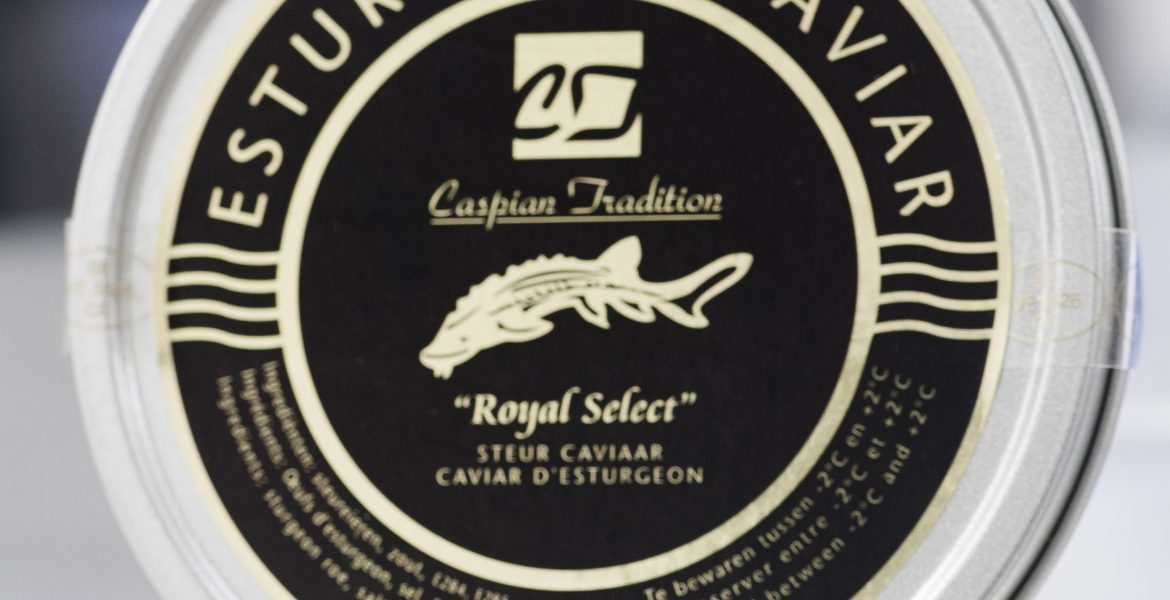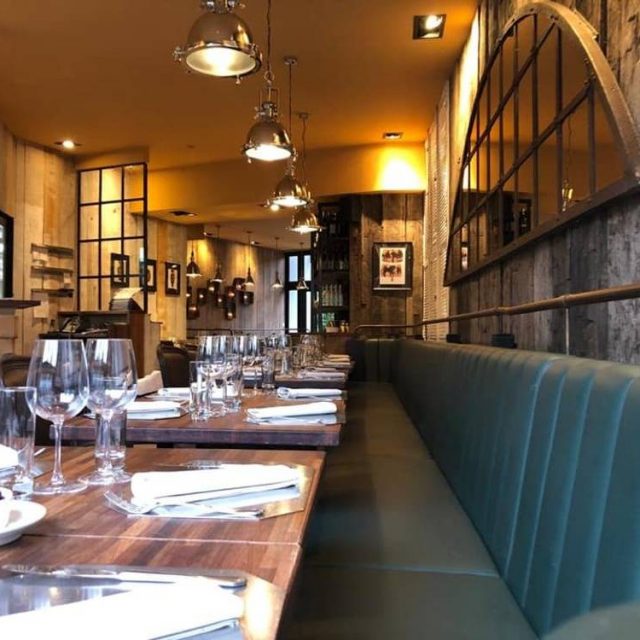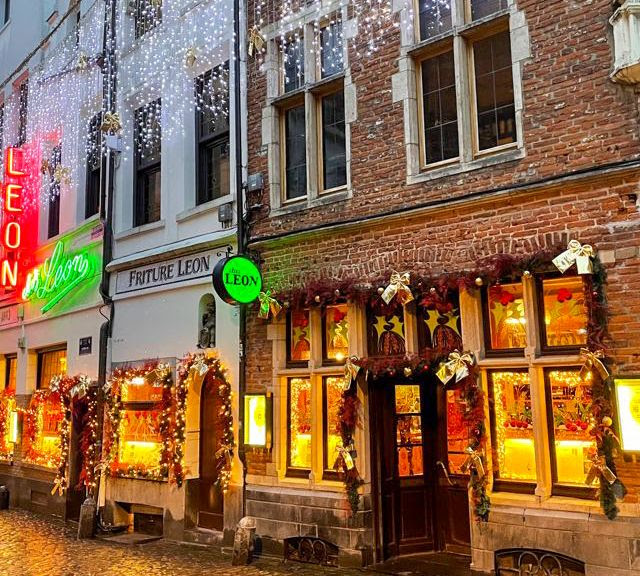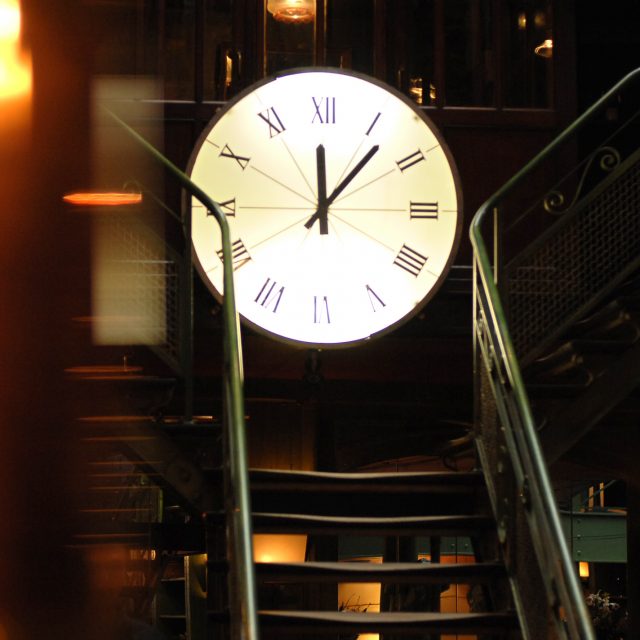It’s been a tough old year again so many of us may fancy treating ourselves to something that bit special this Christmas.
One thing that rarely finds itself into Santa’s sack is caviar but one Belgian-based company is doing its bit to promote the charm of this much-overlooked commodity.
“Caspian Tradition” is a real rarity in this country in that it imports, packages and distributes this luxury dish.
Its distribution centre in Waterloo, “La Maison du Caviar by Caspian Tradition”, is a real showcase for this exceptional food.
Over the years, the caviar market has undergone profound changes and traditional wild caviar has become a prohibited commodity, so much so that the fishing of wild sturgeons in the Caspian Sea has become illegal for export.
Unfortunately, the countries bordering the Caspian Sea often do not respect these restrictions.
So, how to protect this prehistoric species?
Well, the company’s owners, Ahmad and Arya Razavi, believe they found the answer by utilising farmed caviar of all origins.
Caviar, also known as “the golden pearl”, is the most expensive commodity in the world and has always been considered a luxury commodity par excellence.
Caviar is now produced all over the world. Since 2009, following the final decision of the CITES organization to ban wild fishing for export, sturgeon farming has become global and has grown enormously.
Production as well as the quality of farmed caviar has continued to increase and improve over the years thanks to the opportunity to control its growth.
After being scrupulously selected and prepared by Caspian Tradition experts in the country of departure, the caviar is then tested and packaged by experts at the Waterloo laboratory in order to guarantee what the owners call “impeccable and unparalleled” quality.
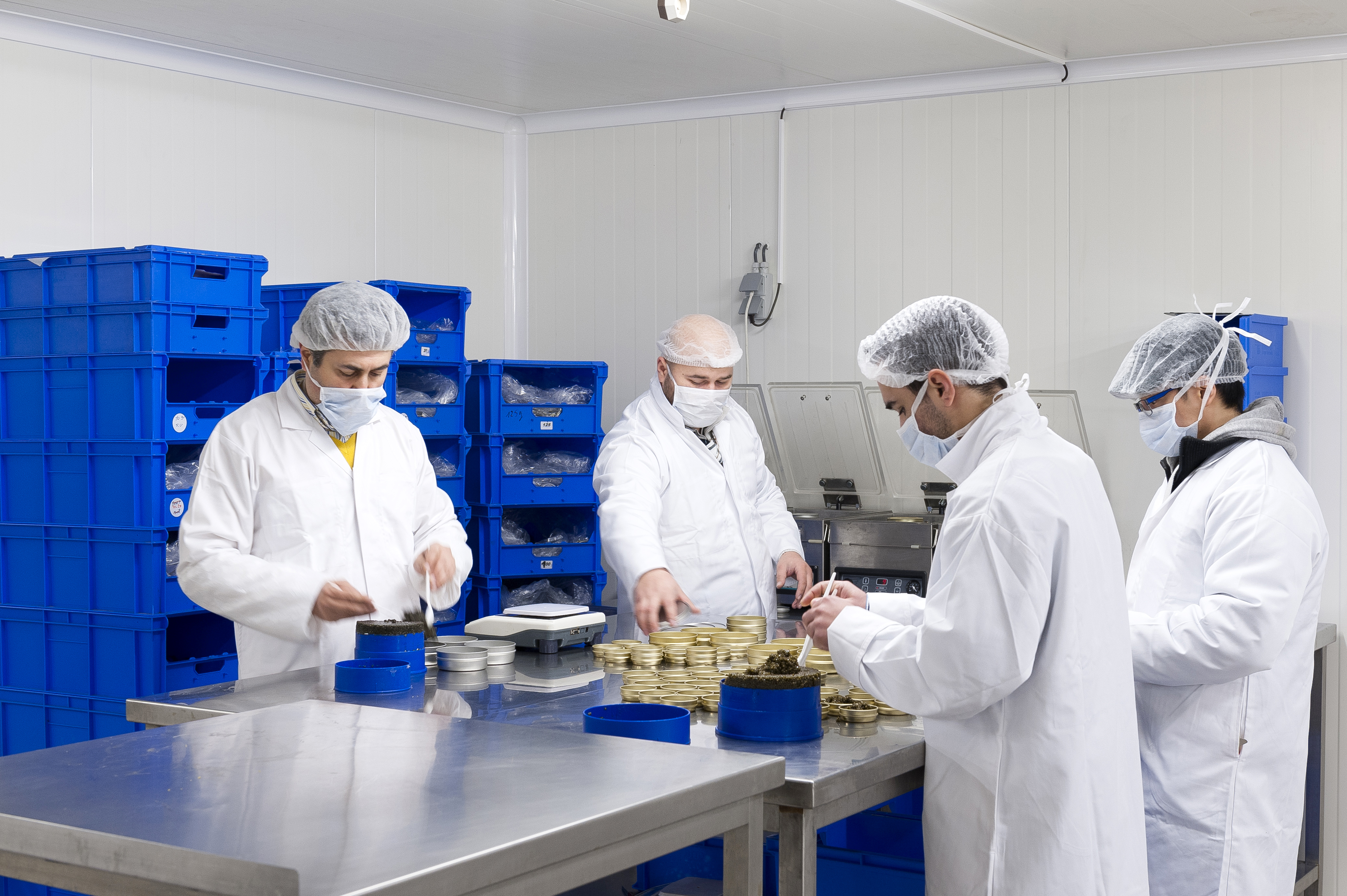
These are caviars of different species and origins which are selected according to rigorous criteria.
Arya and Ahmad say they source their supplies from most countries where sturgeons are farmed and the farmed caviar offered comes from the best fish farms in the world.
What they call the “fundamental values” of the company combine ecology and sustainable development, which the owners say “guarantees the most perfect quality and purity of the products.”
Thought to be unique in Belgium, the 1,000 square metre lab, updated in 2012, represents “the best” in terms of hygiene and performance.
Its multiple double-door fridges, work rooms and cold rooms at less than three degrees comply with strict EU rules allowing the establishment to be awarded the Guide 32 and 39 Self-Checking System certificate from Belgium’s Ministry of Health.
The lab is equipped with all the tools necessary ensure product traceability, which is one of its owners’ key priorities.
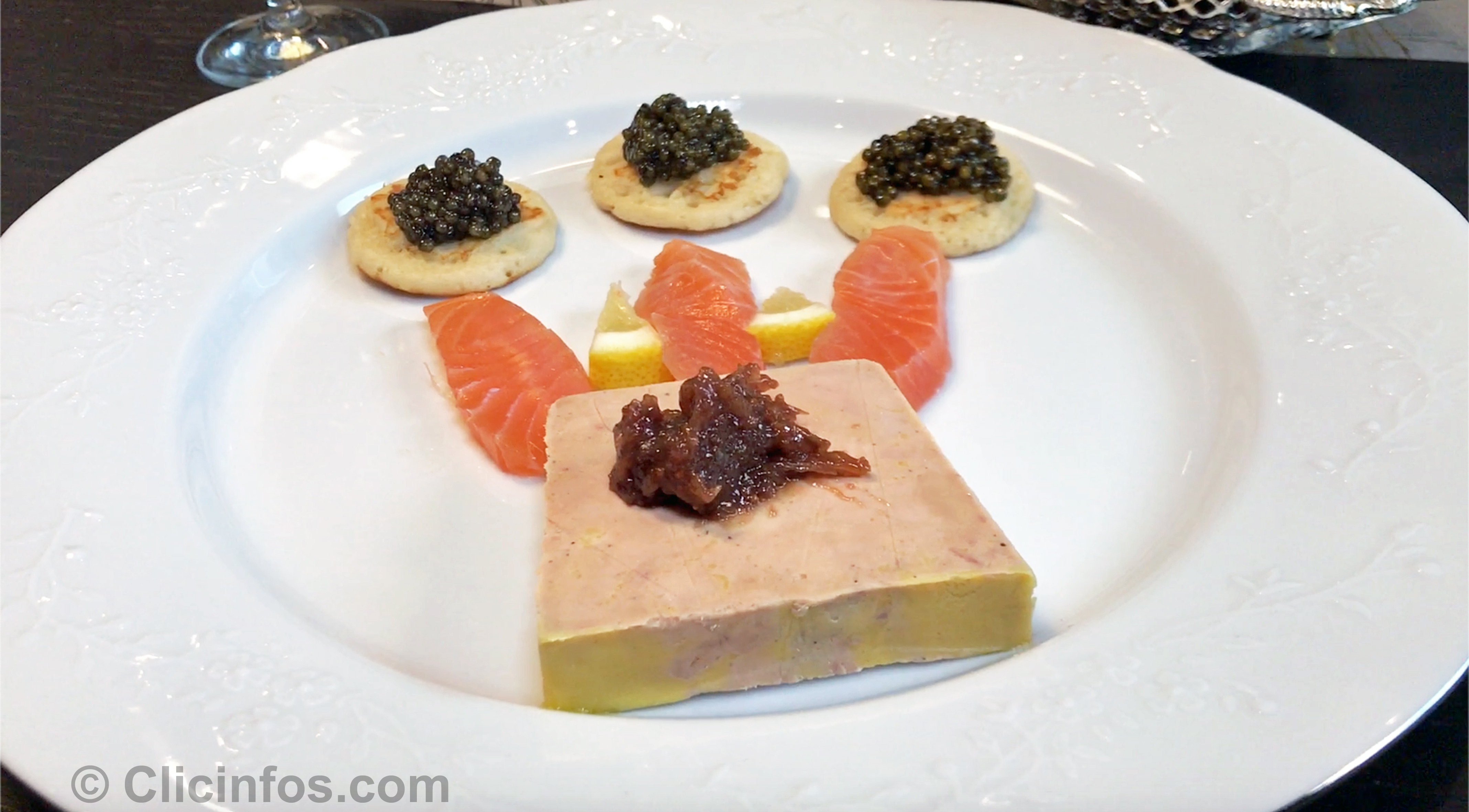
So, for those thinking of splashing out this Christmas on caviar here are Arya and Ahmad’s “must do” tips.
First, remember that caviar is a delicate and fragile product that can only withstand a very short break in the cold chain and it’s therefore important to consume it as soon as possible once its packaging has been opened. A little trick to check that the caviar has been well preserved: the nose test. Crush a few grains on the back of the hand at the base of the thumb and bring these to the nose. The caviar treated in this way must have no smell.
Avoid as much as possible spoons or other metal utensils and certainly eliminate silver, which gives an oxidized flavor in contact with the caviar. Favour small horn spoons, or even better, mother-of-pearl, which provide optimal tasting.
Regardless of conservation requirements, they say always serve the caviar very fresh, for example by placing the box on a bed of crushed ice.

If you want to stage it in a hot preparation, think about “isolating” it, they add.
“Thus, for a traditional Muscovite potato, consider covering it with a layer of lightly whipped cream, which will isolate the very fresh caviar from the very hot potato. It is precisely the contrast of hot and cold that will make all the charm of the preparation,” says Arya.
If the traditional accompaniment to caviar is vodka, why not also try to wash it down with a glass of champagne or a good dry white wine?
Bon appetit!

